For every animal, the eyes are an important organ; that is why this guide to common goat eye diseases is an important part of the beginner’s guide to raising goats. There is enough information concerning the diseases that affect the internal organs of animals, such as goats, diseases caused by parasites, that directly affect the meat – an economically important part of goats. However, there has been little information, in comparison, on the diseases that affect the overall health, and indirectly, the product quality that goats give.
One of the indirect influences of goat meat and milk quality is diseases to the organ of sight of goats. Ordinarily, a healthy goat, with good sight, will see most dangers in its way and avoid them, but there are occasional accidents, regardless. A goat whose sight is badly affected by disease does not only get into accidents more often, it does not feed as well as others, leading to poor meat quality.
In this article, you will get information and guidance on common goat eye diseases; their causes, symptoms, diagnosis, prevention, and treatment. The diseases in this guide have a high rate of occurrence in goats and you will be prepared for them when they appear.
Common Goat Eye Diseases
There are many diseases that may affect the goat eye. Some are more serious than others and expectedly, the serious ones are considered to be more expensive to treat. Therefore, they are better prevented from occurring.
The common goat eye diseases include:
Keratoconjunctivitis
Keratoconjunctivitis, also called pink eye, is an eye infection that commonly affects cattle, goats, and sheep. It gets the name, Infectious Keratoconjunctivitis, because of its ability to spread very fast among the herd, especially if they are susceptible. It generally causes a reduction in the urge to feed among affected goats in the herd, and consequently affects their weight. Also, scars, in different degrees, may be left on affected goats’ cornea, reducing their economic value.
Keratoconjunctivitis is caused by irritation to the cornea epithelium and a combination of bacteria – Chlamydia (which belongs to the genus Chlamydophila) and Mycoplasma – that makes the conjunctiva inflamed, and the cornea reddish, hence the name, pink eye. Irritants to the eyes range from dust to ultraviolet light.
Symptoms
- Red eyes – the cornea is initially red but decreasingly becomes so as it heals, going through hues of colors from red to pink, blue, and grey.
- Discharge from the eye, sometimes staining the face
- Closed eyelids
Diagnosis
There is a possibility that your goat may have grain seeds or chaff in their eye, causing irritation without any bacterial presence. Check the eye to check for these foreign materials. Also, it is possible the irritation is caused by saltwater touching the eye, especially from hosing.
Treatment
Pink eye in goats usually heals in about 2 weeks, even if left untreated. However, to avert the possible but rare blindness that may occur from this goat eye disease, you can check for foreign materials in the eyes of affected goats and remove them.
You can also administer a course of antibiotics injection, oxytetracycline, for instance, and repeat the administration as necessary.
Entropion
Entropion is an eye condition in goats where their eyelid turns inward. It is most common in kids about one or two weeks old, causing irritation to the cornea, consequently, making the eye(s) become watery, and sometimes, pink.
Goats have three eyelids – the upper and lower eyelids, and an inner eyelid that opens with the upper eyelid and is present for better protection of the eyes. It also helps to moisturize the eye. Entropion mostly affects the lower eyelid and may cause the eye of the affected kids to become cloudy or blind, in rare cases.
The inward turning of the eyelid may be triggered by extensive exposure to ultraviolet light rays or heat lamps.
Symptoms
- Inverted eyelid(s)
- Watery eyes. The fluid from the eyes may flow onto the face.
- Cloudy eyes – makes the eyes appear milky and signals protracted entropion.
Diagnosis
The most obvious sign that aids diagnosis is watery eyes. Watch out for this among your kids. Also, keep in mind that they need to be exposed to heat lamps or ultraviolet rays for this to happen. On checking for the cause of watery eyes, if any of the eyelids is inverted, that is touching the cornea, that is entropion.
Treatment
Entropion may seem like a simple eye condition in goats but it may lead to eye damage or blindness if not quickly detected and treated. When you notice the symptoms, call a veterinary doctor as soon as possible.
A procaine penicillin injection, 1cc or 2 ccs, under the eyelid, is the common treatment to correct the position of the inverted eyelid. It becomes swollen and by doing so, loses contact with the eye and returns to its natural position.
Sometimes, the vet may have to staple the eyelid in place or perform surgery on the affected goat.
Eye Disease Prevention in Goats
Eye diseases are usually a result of irritation from dust particles and some bacteria such as chlamydia and mycobacteria. To prevent eye diseases from occurring in your herd, you need to protect your goats from these factors. As a simple guideline follow these pointers:
- Limit your goats, especially kids’, exposure to ultraviolet light rays, such as the sun, and heat lamps when they are indoors.
- Keep their barn ventilated but protected from the wind that may rouse their bedding materials and introduce them to their eyes.
- Avoid their eyes when hosing them down
- Be vigilant to catch early signs of eye infection to avoid the debilitating effect that may have economic implications
Frequently Asked Questions on Common Goat Eye Diseases
What Does Pink Eye in Goats Look Like?
Pink eye may sound self-explanatory; however, its major sign is discharge from the eyes and inflammation of the cornea. Pink eye in goats presents itself as bloodshot eyes that become cloudy as time goes by.
Affected goats may have no visible blood on the exposed part of the cornea but you will notice that they appear cloudy. However, if you raise the eyelids, the pink or red coloration is there.
How Can You Tell If a Goat is Blind?
The most obvious sign of blindness in goats, if they are not moving, is cloudy eyes, which makes the affected goat lean its head backward than normal. The goat refuses to move and there is seclusion from others. In some cases, they may bleat more than usual, signaling an abnormal state.
Conclusion
Of the many diseases that affect animals, eye diseases are among the easiest to treat, if the symptoms are quickly seen and necessary action is taken. Common goat eye diseases can be treated by their caregivers if they have good veterinary knowledge. However, in the absence of this, it is better to enlist the service of a veterinarian. Be sure to check out our raising goats article that gives you a great overview about taking care of your goats.

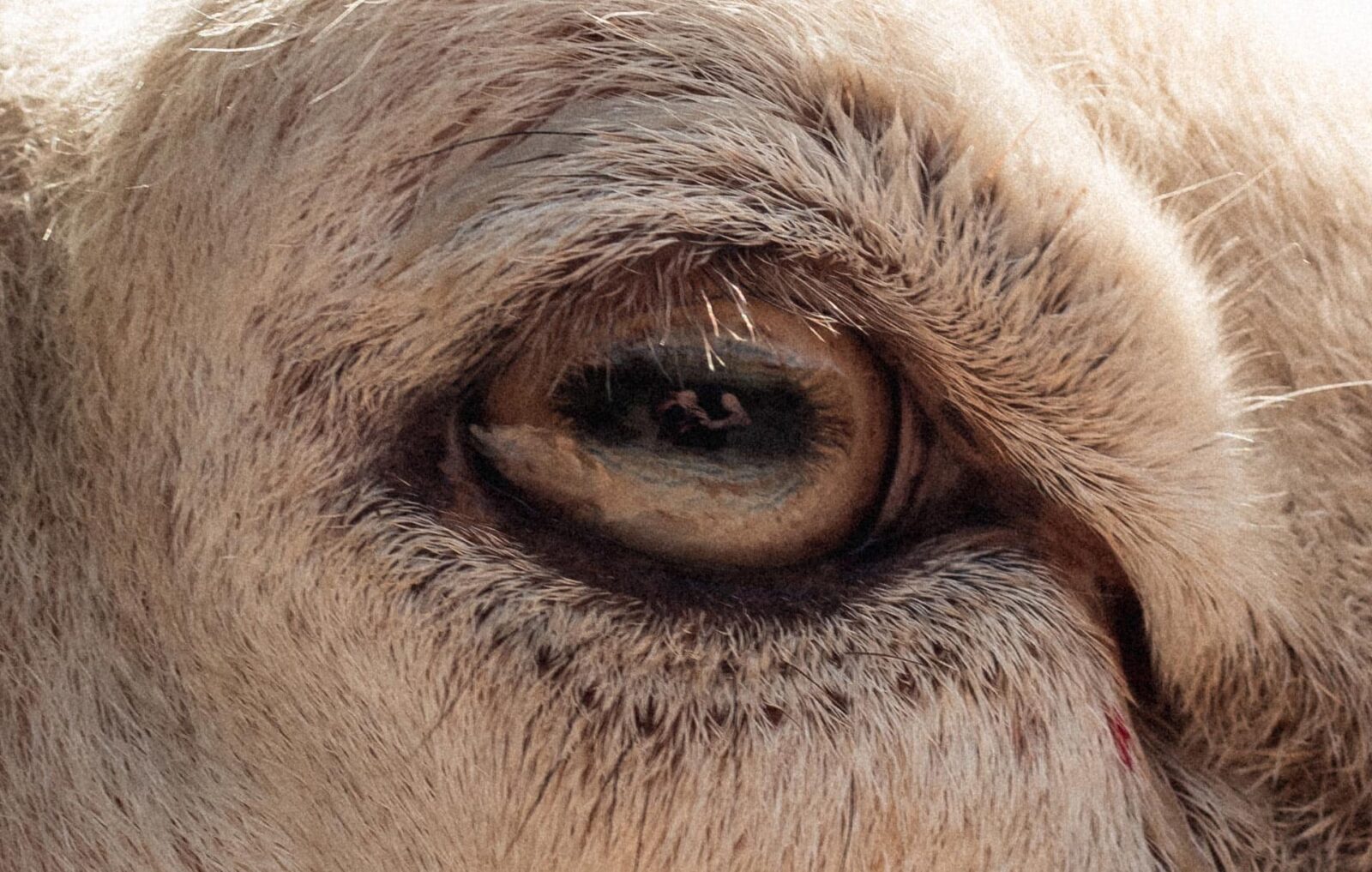
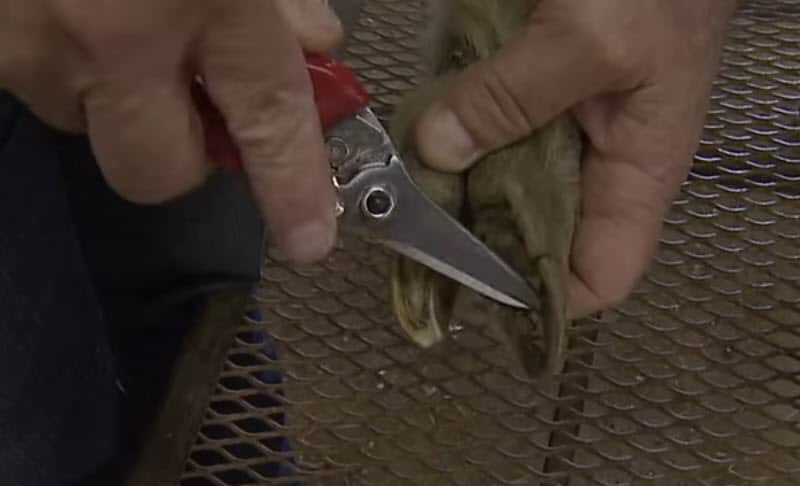
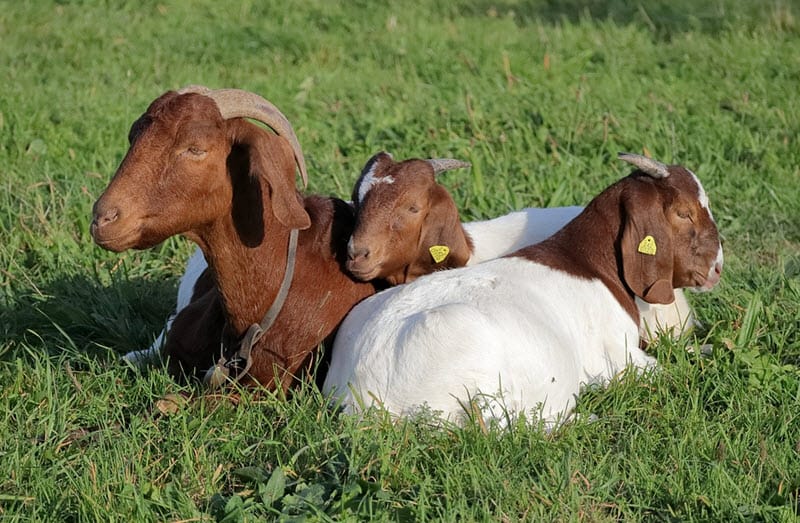



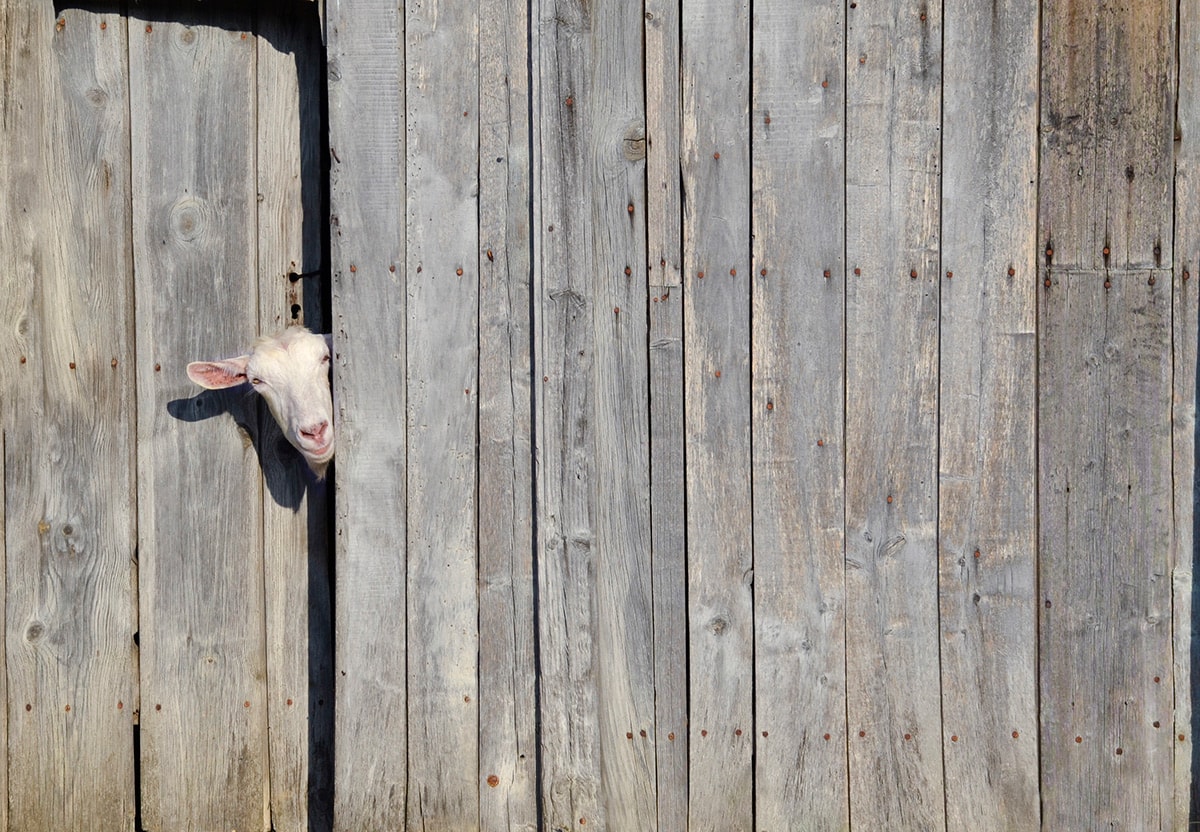

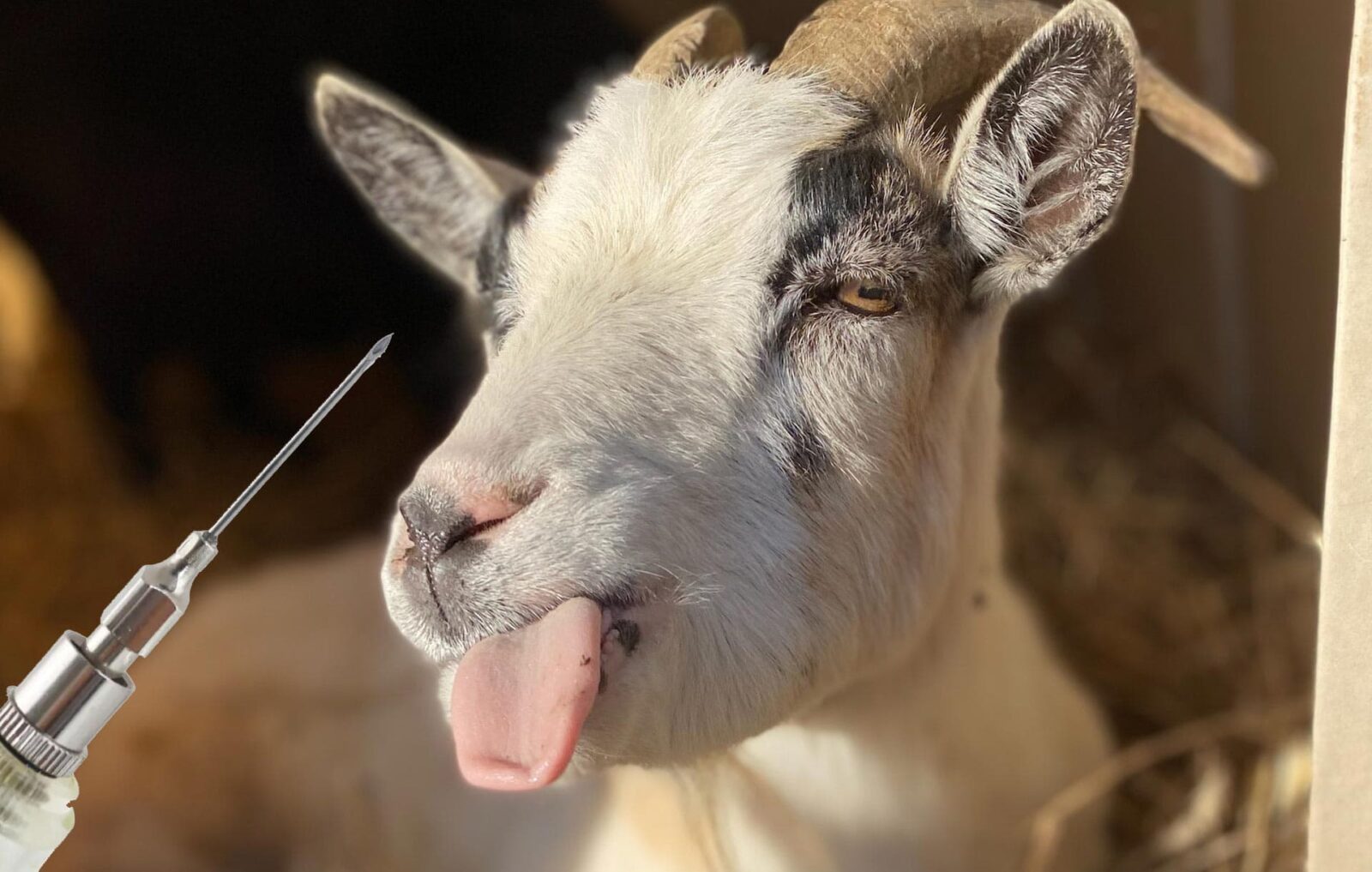



Leave a Reply